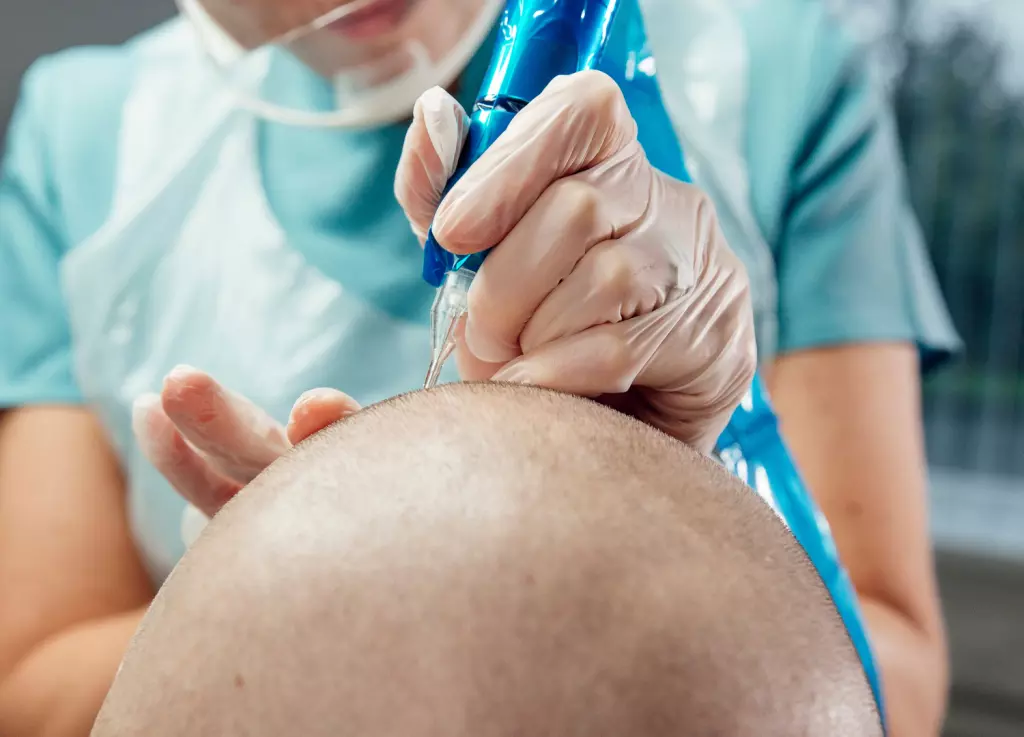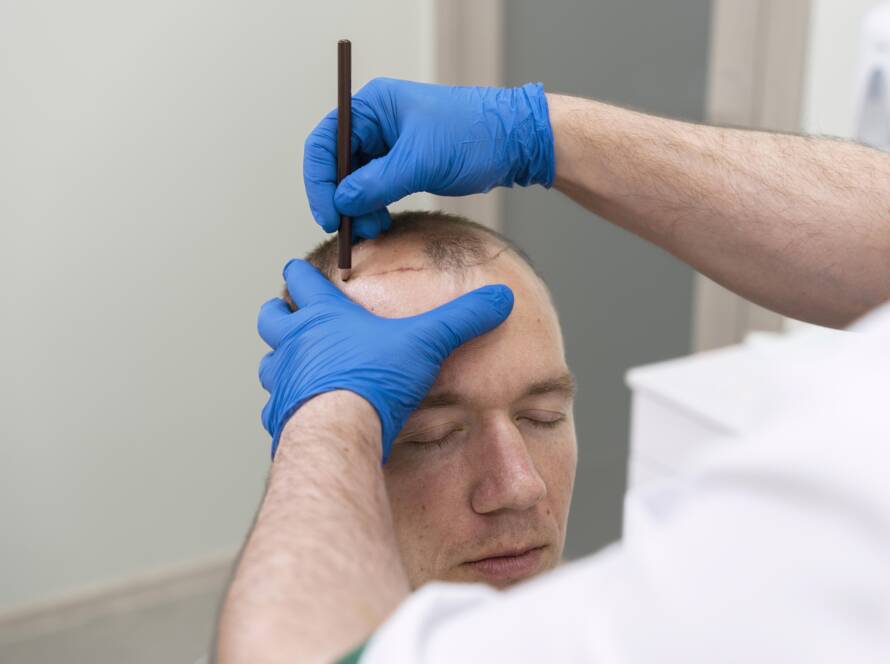Scalp Micropigmentation (SMP) has gained popularity as an effective solution for hair loss, offering a natural-looking and long-lasting remedy. However, one aspect that surprises many individuals considering SMP is the need for multiple sessions. In this blog post, we will explore the reasons why scalp micropigmentation typically requires multiple sessions and what you can expect during each session.
Understanding Scalp Micropigmentation
Before we dive into the reasons behind multiple sessions, it’s crucial to understand what SMP entails. SMP is a non-invasive cosmetic procedure that involves the application of tiny, precise dots of pigment onto the scalp. These dots replicate the appearance of hair follicles, creating the illusion of a closely cropped hairstyle. SMP is used to address various hair loss concerns, including receding hairlines, bald spots, and thinning hair.
WHY MULTIPLE SESSIONS?
- Gradual Building of Density: One of the primary reasons SMP takes multiple sessions is to gradually build up the density and achieve a natural-looking result. During the initial session, the technician will establish the hairline and create the basic framework. This session provides a foundation for subsequent sessions to add more density and refine the overall look. Gradually building up the pigment density ensures that the final result appears seamless and natural.
- Customization: SMP is a highly customizable procedure. Each individual’s hair loss pattern and desired appearance are unique. Multiple sessions allow for precise customization to match the client’s specific needs and preferences. Technicians can adjust factors like pigment color, density, and hairline shape over multiple sessions to achieve the best outcome.
- Avoiding Overloading: Applying too much pigment in a single session can lead to an unnatural, “blotchy” appearance. Multiple sessions spaced apart allow for a more controlled and balanced application of pigment. This gradual approach ensures that the pigmentation looks even and consistent across the entire scalp.
- Skin Healing and Settling: After each SMP session, the skin needs time to heal and the pigments to settle. This healing process can take a few weeks. It’s crucial to allow the scalp to recover fully before applying additional pigment. Rushing the process can lead to complications and suboptimal results.
- Touch-Up and Refinement: Even after achieving the desired density and appearance, SMP may require touch-up sessions over time. Factors like fading due to sun exposure and aging may necessitate periodic refinements to maintain the desired look. These touch-up sessions help SMP maintain its longevity and ensure the continued satisfaction of the client.
- Managing Client Expectations: Multiple sessions also allow for effective communication between the client and the technician. It allows clients to see the gradual progress and make any necessary adjustments or refinements along the way. Managing client expectations and ensuring their satisfaction is a crucial aspect of the SMP process.

Scalp Micropigmentation is an effective and versatile solution for addressing hair loss and achieving a natural-looking appearance. While it may require multiple sessions, the benefits far outweigh the additional time and effort. Multiple sessions allow for gradual customization, controlled pigment application, and effective management of client expectations.
If you’re considering SMP, it’s essential to choose a reputable clinic with experienced technicians who can guide you through the process and provide the best possible results. Vivandi Trichology Center is an established hair loss center that offers SMP for those suffering of hair loss. See how we can help you to cover anything from early signs of hair loss to full baldness, thinning hair, scalp scars, scalp psoriasis, receding hairline and alopecia. Book a consultation with us today.
Remember that the journey to a restored and confident appearance often involves multiple sessions, but the end result is well worth the investment in time and effort.




